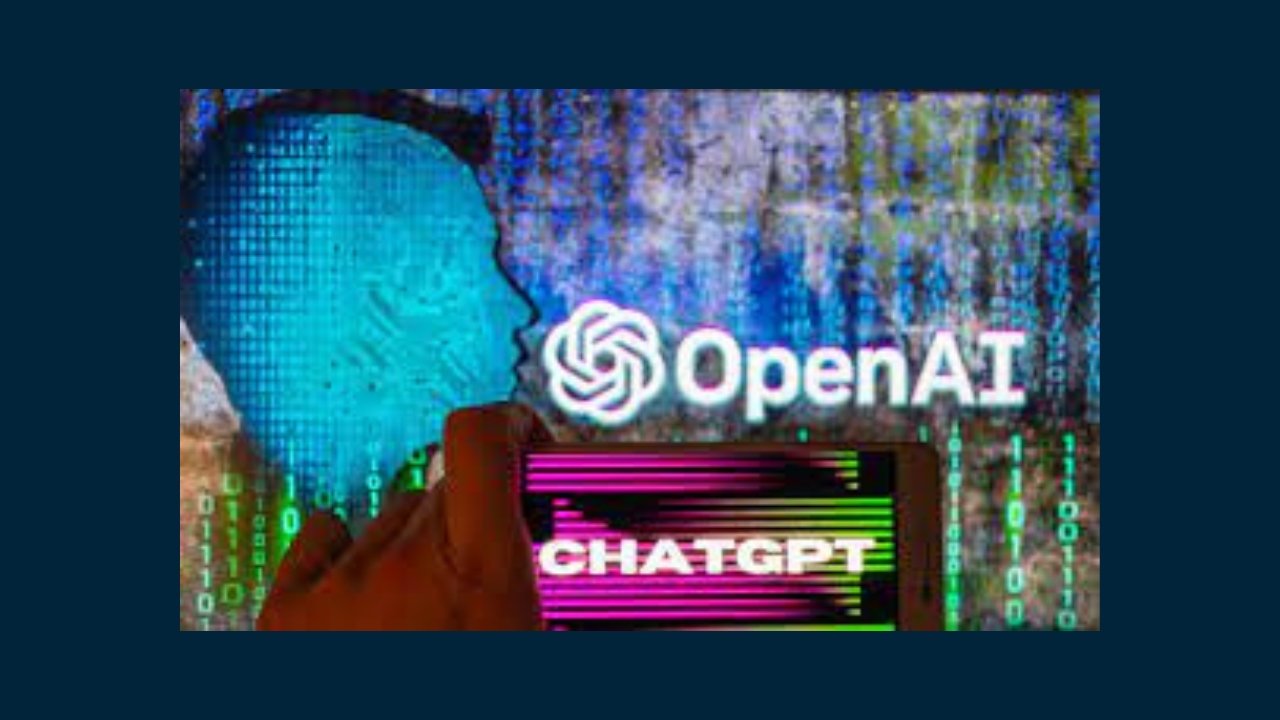ChatGPT maker OpenAI recently introduced a tool with the aim to check whether the text is human-written or AI-written.
OpenAI is frequently in News since it introduced ChatGPT, which generates text as per the instruction of a person but it may seem like human-written. Following the constant wave of attention, Microsoft in the previous week announced an investment in OpenAI.
Schools quickly responded to limit the use of ChatGPT over issue regarding that software may hurt the learning of students.
Sam Altman, OpenAI’s CEO, said, “The education has changed in the past after technology such as calculators has emerged, but there could be ways for the company to help teachers spot text written by AI.”
OpenAI’s new way can make mistakes and is a work in progress, company employees Jan Hendrik Kirchner, Lama Ahmad, Scott Aaronson and Jan Leike wrote in a blog post, noting that OpenAI would like feedback on the classifier from parents and teachers.
The OpenAI employees expressed, “In our evaluations on a challenge set of English texts, our classifier correctly identifies 26% of AI-written text as likely AI-written, while incorrectly labeling human-written text as AI-written 9% of the time. The new version is more prepared to handle text from recent AI systems. The text from AI can be updated slightly to keep the classifier from correctly determining that it’s not mainly the work of a human.”
Hendrik Kirchner, Ahmad, Aaronson and Leike wrote, “Our work on the detection of AI-generated text will continue, and we hope to share improved methods in the future.”





